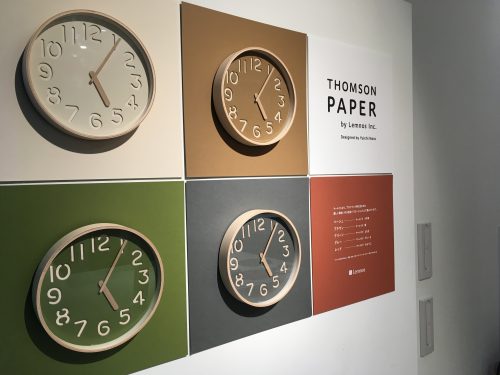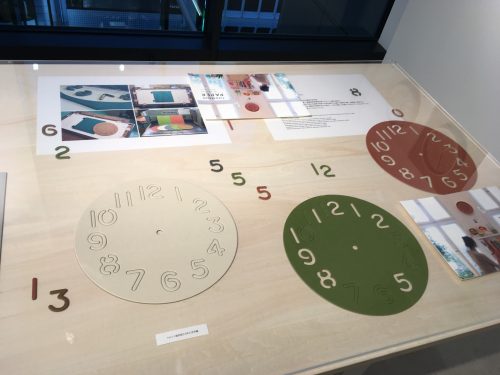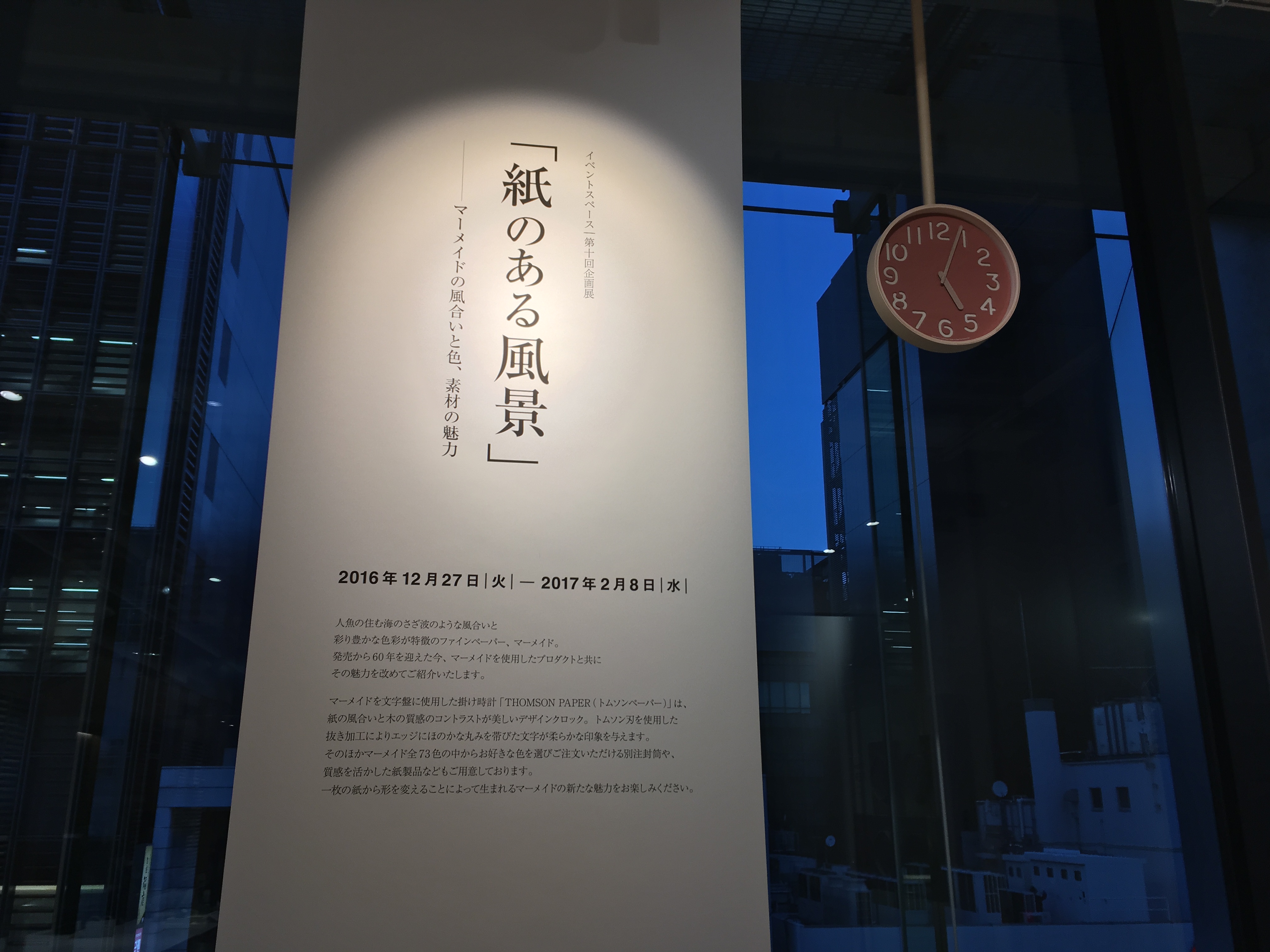Some products are stunningly beautiful. They include Balmuda toaster, Dyson’s hair dryer, and LEGO brick. People sometimes buy these products without thinking much whether the purchased items are useful or needed. They seem to have a desire to posses the aesthetic quality of these products. Interestingly, they often become passionate ambassadors of these products.
Recently, I met a difficult-to-resist product at a Japanese stationary store, Ito-ya, in Tokyo. It is a clock named Thomson. The Thomson Clock is designed to blend in paper and wood. It has engraved indexes (its numbers were punched on the paper), creating the three-dimensional feeling. This clock was designed by Yoichi Nara, who was born in Tokyo in 1977, graduated from construction architecture at the Yokohama National University in 1999, worked at several companies in Italy and graduated from Venice Architecture in 2006, and then returned home to establish his own design studio, Noto Design Office.
This clock is manufactured by the company, Lemnos, which started its business as a Hattori clock factory called Seikosha (currently Seiko clock Inc.). Product designers working for this company have designed several master pieces and have won good design awards in Japan and abroad as they shared the idea that “the clock creates space.” Each product is carefully honed by craftsmanship skills and is not influenced by fads.


Interestingly, a group of marketing researchers recently argued handmade products symbolically contain love, proposing “handmade effect.” The abstract of this paper says,
Despite the popularity and high quality of machine-made products, handmade products have not disappeared, even in product categories in which machinal production is common. The authors present the first systematic set of studies exploring whether and how stated production mode (handmade vs. machine-made) affects product attractiveness. Four studies provide evidence for the existence of a positive handmade effect on product attractiveness. This effect is, to an important extent, driven by perceptions that handmade products symbolically “contain love.” The authors validate this love account by controlling for alternative value drivers of handmade production (effort, product quality, uniqueness, authenticity, and pride). The handmade effect is moderated by two factors that affect the value of love. Specifically, consumers indicate stronger purchase intentions for handmade than machine-made products when buying gifts for their loved ones but not for more distant gift recipients, and they pay more for handmade gifts when purchased to convey love than simply to acquire the best-performing product.

